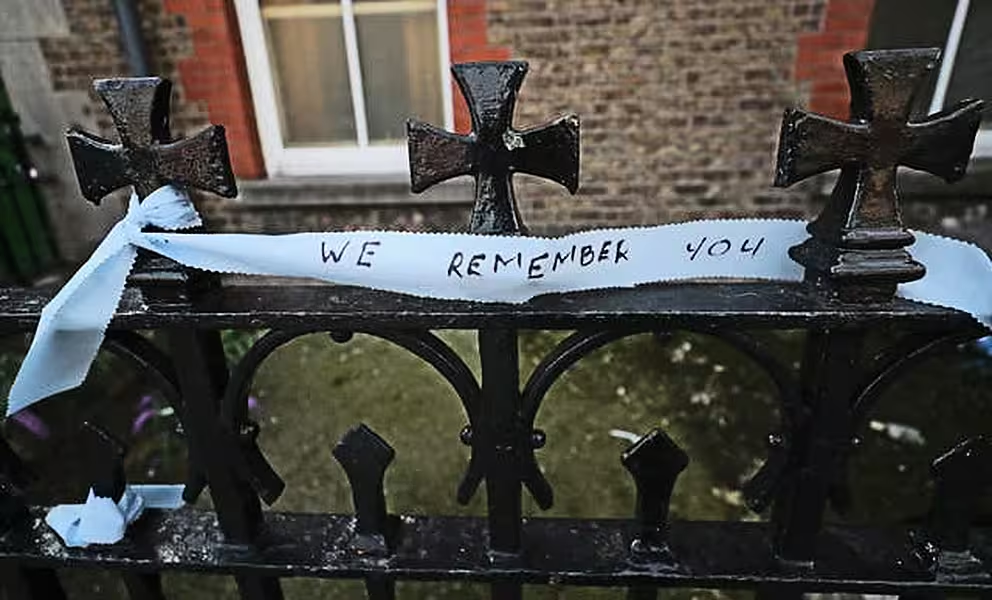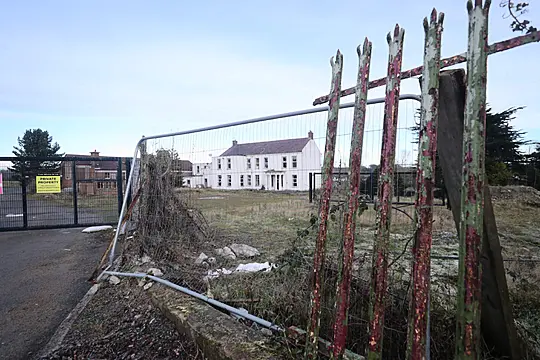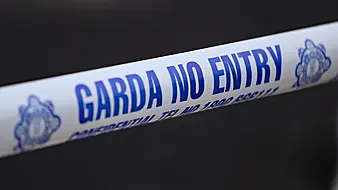A significant 500-plus page research report has been published which sheds light for the first time on the operation of institutions in Northern Ireland for unmarried mothers and babies, as well as industrial homes known as Magdalene Laundries.
Here is some of the key information uncovered:
What were the institutions and why are they being examined?
The operation of homes for unmarried mothers and babies, Magdalene Laundries and to a lesser extent baby homes which operated in Northern Ireland until 1990 have been examined by academics.
These institutions have historically been shrouded in secrecy.
Those who experienced them have levelled accusations of abuse, cruelty and inappropriate physical labour such as scrubbing floors, even in the final stages of pregnancy, under an ethos of shame, and being described as fallen women.
How many people went through these institutions?
It is estimated that more than 14,000 girls and women went through the doors of mother and baby homes, Magdalen Laundries and industrial homes between 1922 and 1990. This figure is more than double the number previously thought.
10,500 women entered mother and baby homes. At least the same number of children would have been born to the women, assuming some were twins.
The youngest was 12, and the oldest 44; however, a third were under the age of 19.
Girls and women were sent to the homes by their families or church leaders under a shadow of stigma, secrecy and shame, believing they had no other choice due to being pregnant out of wedlock. Some were victims of rape, incest or unlawful carnal knowledge.
Meanwhile, 3,000 women were sent to Magdalene Laundries with numbers peaking in the 1930s.
Some were referred by their families, others by priests and some by state agencies, including the courts, police, probation, welfare and GPs.
These included women who suffered with alcohol dependency, teenage girls described as having behaviour issues, some with learning difficulties, and some from the mother and baby homes to serve “penance”.
The facilities were described as an austere environment where women were punished by being made to stand while eating meals, and kneeling and reciting misdemeanours. Names were taken away and new names assigned.
Some women died in the laundries after spending the majority of their lives doing unpaid, strenuous labour.
A further 707 women entered an industrial institution run by the Salvation Army at Thorndale in Belfast which was described as being used as an alternative to prison, like a probation home.
Most people had shorter stays there, and it was also used as emergency accommodation for girls and young women who were victims of sexual crime or domestic violence.
It was described as being poorly funded, with staff who were not sufficiently trained to deal with people with complex needs.
The Catholic orders which ran institutions were also described as not being adequately trained to look after those in their charge.

How many institutions operated in Northern Ireland?
There are believed to have been more than a dozen mother and baby homes.
Those examined in the research report, included Marianville in Belfast and Marianvale in Newry, both run by the Good Shepherd Sisters; Mater Dei in Belfast; and others run by boards which included Protestant clergy such as the Belfast Midnight Mission at Malone Place in south Belfast.
In addition, the report looked at four Magdalene Laundry-type institutions – including three run by the Good Shepherd Sisters as well as the Salvation Army Industrial Home at Thorndale.
Why is the matter being examined now?
An interdepartmental working group, chaired by former PSNI deputy chief constable Judith Gillespie, was set up by the Stormont Executive in 2016 to look at institutions which were not covered by the Historical Institutional Abuse Inquiry.
It looked at mother and baby homes, Magdalene Laundries and those who suffered clerical abuse outside institutions.
Academics from Queen’s University Belfast and Ulster University were commissioned to carry out research on the mother and baby homes and Magdalene Laundries.

Is the report similar to the one released in the Republic of Ireland earlier this month?
The research report on mother and baby homes and Magdalene Laundries in Northern Ireland was carried out by academics. It cannot be directly compared with what happened in the Republic of Ireland, where a commission of investigation was carried out.
Researchers in Northern Ireland had no legal powers to compel those associated with former institutions to co-operate.
The research report in Northern Ireland is being regarded as the first chapter in the story and is likely to raise more questions than answers.
Other key differences between Northern Ireland and the Republic of Ireland is that women generally stayed in institutions north of the border for shorter periods of time – around a few weeks before leaving after the birth of the baby – and they tended to give birth in local hospitals rather than in the homes.
What issues are raised in the research report?
As well as the treatment of the women in the institutions, the report delves into the legality of the adoption of babies, hundreds of babies taken across the border, and questions around whether consent was freely given by the mothers who were described as isolated and vulnerable.
In one case examined, an infant had two birth certificates, one in Northern Ireland and one in the Irish Republic.
The report also examined the mortality rate of infants in the mother and baby homes, but does not reach firm conclusions mainly because mothers and their children did not remain there for long periods.
Around a third of the babies went to baby homes, a quarter left with their mothers, just under a quarter were adopted, and 15% went to foster care.
Questions are also raised over discrepancies around entry records to the laundries and burial records, and women buried in communal graves up to the 1980s.

Did the academics speak to survivors of the homes?
Archives were examined, literature reviewed and witness testimony taken from 60 people.
These included former probation officers, social workers, two nuns from the Good Shepherd Sisters, and priests, but the majority were survivors of the institutions and relatives of women who had been in the Magdalene Laundries, including the children who were adopted.







